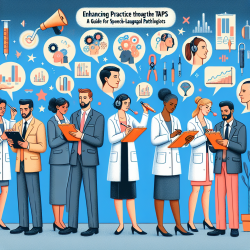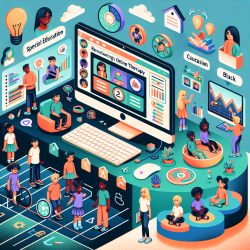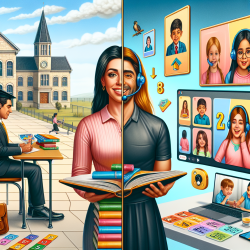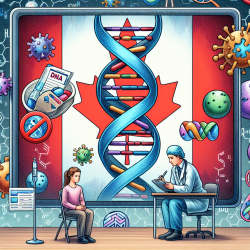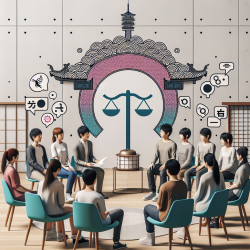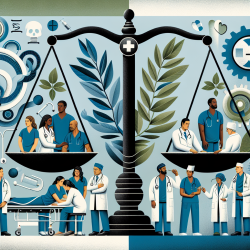Embracing Research to Enhance Online Therapy: Insights from Aerosol-Generating Medical Procedures

In the ever-evolving landscape of healthcare, making data-driven decisions is paramount, especially when it comes to ensuring the safety and efficacy of therapy services for children. The recent systematic review titled "Risk of transmission of respiratory viruses during aerosol-generating medical procedures (AGMPs) revisited in the COVID-19 pandemic" provides critical insights that can significantly impact how we deliver online therapy services at TinyEYE. The research underscores the heightened risk of viral transmission during AGMPs, particularly in the context of COVID-19, SARS, and other respiratory viruses. This information is invaluable for practitioners, as it emphasizes the need for stringent safety measures and the use of appropriate personal protective equipment (PPE) to mitigate risks.
Key Findings and Their Implications
The review highlighted several crucial points:
- Healthcare workers (HCWs) are at an increased risk of contracting respiratory viruses during AGMPs, with intubation being consistently associated with higher transmission rates.
- There is limited evidence supporting the superiority of respirators over medical/surgical masks in reducing viral transmission during AGMPs.
- The risk of transmission varies significantly based on the type of AGMP and the use of PPE.
For practitioners at TinyEYE, these findings can be translated into actionable steps to enhance safety and improve outcomes for children receiving online therapy services.
Implementing Research Findings
To leverage the insights from this research, practitioners can adopt the following strategies:
- Enhanced Training: Ensure that all therapists are well-versed in the latest safety protocols and the proper use of PPE during any procedures that may involve aerosol generation.
- Remote Therapy Options: Prioritize remote therapy sessions to minimize direct contact and potential exposure to respiratory viruses, particularly during high-risk periods.
- Regular Monitoring: Implement regular health checks and monitoring for both therapists and clients to identify and mitigate any potential risks early.
- Further Research: Encourage continuous research and data collection on the effectiveness of various PPE and safety measures in the context of online therapy.
Encouraging Further Research
While the current research provides a solid foundation, there remains a significant gap in understanding the epidemiology of viral transmission during AGMPs, especially in pediatric settings. Practitioners are encouraged to engage in further research to fill these gaps and develop more robust safety protocols.
Conclusion
By embracing the findings from the systematic review and implementing data-driven strategies, TinyEYE can continue to provide safe and effective online therapy services. This commitment to safety and excellence will ensure that children receive the best possible care, even in challenging times.To read the original research paper, please follow this link:
Risk of transmission of respiratory viruses during aerosol-generating medical procedures (AGMPs) revisited in the COVID-19 pandemic: a systematic review.
Citation: Leal, J., Farkas, B., Mastikhina, L., Flanagan, J., Skidmore, B., Salmon, C., Dixit, D., Smith, S., Tsekrekos, S., Lee, B., Vayalumkal, J., Dunn, J., Harrison, R., Cordoviz, M., Dubois, R., Chandran, U., Clement, F., Bush, K., Conly, J., & Larios, O. (2022). Risk of transmission of respiratory viruses during aerosol-generating medical procedures (AGMPs) revisited in the COVID-19 pandemic: a systematic review. Antimicrobial Resistance and Infection Control, 11, 1133. https://doi.org/10.1186/s13756-022-01133-8



